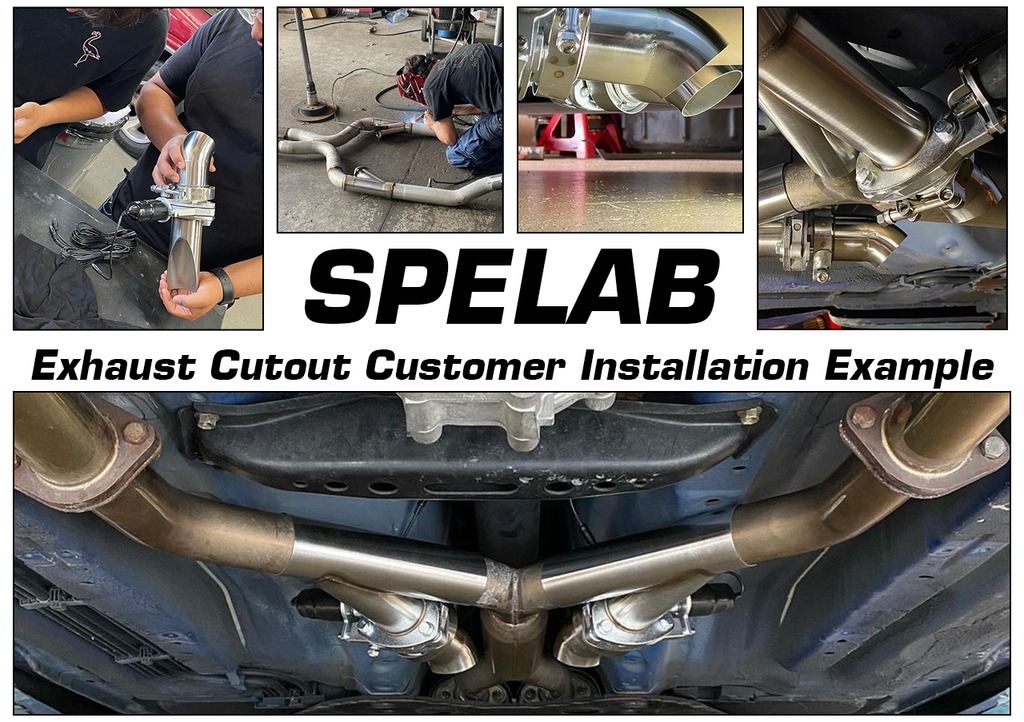The discussion around CCV (Crankcase Ventilation) modification for the 2011 6.7 powerstroke diesel engine has been ongoing, with varied opinions and experiences shared across forums and articles. This article aims to consolidate technical viewpoints and user experiences to help car owners make informed decisions.
Arguments for OEM Setup
Supporters of retaining the original CCV setup argue that the factory-designed system is robust enough to prevent damage to the engine and turbo seals. Modern diesel engines integrate CCV systems effectively by recirculating crankcase gases back into the intake system, minimizing harmful emissions without dispersing oil vapors into the atmosphere. Users with extensive diesel engine experience often find the original setup sufficient and reliable.
For instance, some users believe the OEM CCV system doesn't pose any harm to the engine and keeping it unchanged is perfectly acceptable. By re-burning base gases through the CCV system, it presents an environmentally friendly and efficient method. These proponents typically base their views on practical usage over the years.
Advantages of Modification
Other users strongly advocate for CCV modification, emphasizing its potential to significantly enhance the longevity and reliability of the engine and turbocharger. They argue that CCV modification prevents oil vapor from entering the intake system, thus preventing the accumulation of oil residue in the turbocharger and intercooler pipes, which could otherwise affect engine performance or lead to damage.
Typically, CCV modification involves tasks such as removing the hot side intercooler pipe and installing a retrofit kit with an oil catch can. Users generally find this approach beneficial not only for cleaning up the engine bay but also for reducing oil vapor emissions into the atmosphere. For example, one user mentioned using an SPELAB kit, which included an internal oil catch can resembling a finely crafted cheese grater, taking about 4-5 hours for installation, including an upgrade to the charge pipe. They considered it a worthwhile upgrade, addressing oil leaks observed at the rear of the engine.
Potential Issues and Considerations
Despite the clear benefits of CCV modification, some users raise concerns about potential issues. There is a worry that modification might lead to crankcase pressure problems, potentially causing leaks in seals and O-rings, thereby increasing maintenance costs.
Additionally, users report occasional smoking or vapor emissions during idle, which could impact regular vehicle operation. Resolving this often involves using an oil catch can and routing it to the exhaust pipe, although this setup requires higher technical knowledge and additional modifications, which may be challenging for some users.
Author's Perspective
Overall, the decision to proceed with CCV modification depends on the specific needs and technical capabilities of the car owner. For those with older vehicles experiencing performance decline, CCV modification can effectively extend the vehicle's lifespan and optimize its remaining performance. In such cases, modification is often considered the best course of action to reduce oil residue buildup and enhance engine and turbocharger efficiency.
Conversely, for owners of newer vehicles, the decision should weigh personal preferences. If aiming to maintain peak performance and minimize potential maintenance issues, CCV modification remains a viable consideration. However, for those preferring to avoid the uncertainties and complexities associated with modification, sticking with the original setup is a reasonable choice.
Practical Experience and Conclusion
Ultimately, whether opting for modification or retaining the original setup, car owners should assess their technical skills and vehicle usage patterns to make the most suitable decision. As one user aptly put it, "Each person's advice in this article is accurate, so if it resonates with you, go ahead and act on it."








